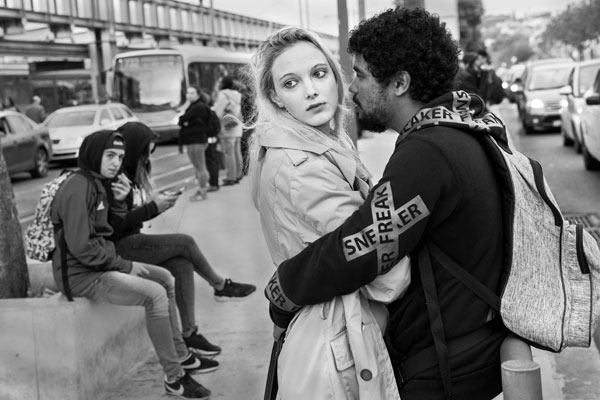The Best Guide To Framing Streets
Wiki Article
The Facts About Framing Streets Uncovered
Table of ContentsThe Only Guide to Framing StreetsWhat Does Framing Streets Mean?The Framing Streets Statements3 Simple Techniques For Framing StreetsThe Facts About Framing Streets RevealedThe Framing Streets Diaries
Photography genre "Crufts Dog Program 1968" by Tony Ray-Jones Street photography (additionally occasionally called honest photography) is photography conducted for art or inquiry that includes unmediated opportunity encounters and arbitrary occurrences within public locations, usually with the purpose of catching images at a crucial or touching minute by mindful framing and timing. 
His boots and legs were well specified, yet he is without body or head, because these were in movement." Charles Ngre, waterseller Charles Ngre. https://ameblo.jp/framingstreets1/entry-12836078313.html was the very first digital photographer to achieve the technical refinement required to register individuals in activity on the street in Paris in 1851. Professional Photographer John Thomson, a Scotsman dealing with journalist and social lobbyist Adolphe Smith, released Road Life in London in twelve regular monthly installations beginning in February 1877
Framing Streets for Dummies
Eugene Atget is considered as a progenitor, not because he was the first of his kind, however as a result of the popularisation in the late 1920s of his record of Parisian streets by Berenice Abbott, who was influenced to carry out a comparable documents of New York City. [] As the city established, Atget aided to promote Parisian streets as a deserving subject for photography.
Facts About Framing Streets Revealed
Martin is the very first recorded digital photographer to do so in London with a disguised camera. Mass-Observation was a social research study organisation founded in 1937 which intended to videotape everyday life in Britain and to tape the reactions of the 'man-in-the-street' to King Edward VIII's abdication in 1936 to marry separation Wallis Simpson, and the succession of George VI. Between 1946 and 1957 Le Groupe des XV each year exhibited work of this kind. Andre Kertesz. Circus, Budapest, 19 May 1920 Road digital photography formed the major material of 2 exhibitions at the Museum of Modern Art (Mo, MA) in New York curated by Edward Steichen, Five French Professional Photographers: Brassai; Cartier-Bresson, Doisneau, Ronis, Izis in 1951 to 1952, and Post-war European Digital Photography in 1953, which exported the concept of street photography worldwide.
An Unbiased View of Framing Streets
The recording machine was 'a surprise cam', a 35 mm Contax hidden underneath his coat, that was 'strapped to the upper body and linked to a long cable strung down the best sleeve'. However, his work had little modern effect as due to Evans' level of sensitivities about the creativity of his task and the personal privacy of his subjects, it was not released up until 1966, in guide Lots of Are Called, with an introduction created by James Agee in 1940.Helen Levitt, after that an instructor of young kids, related to Evans in 193839. She recorded the transitory chalk illustrations - Lightroom presets that were component of children's street society in New york city at the time, as well as the kids that made them. In July 1939, Mo, MA's new photography area consisted of Levitt's check job in its inaugural exhibitionRobert Frank's 1958 publication,, was substantial; raw and typically indistinct, Frank's images questioned traditional digital photography of the time, "challenged all the official regulations laid down by Henri Cartier-Bresson and Walker Evans" and "flew in the face of the wholesome pictorialism and genuine photojournalism of American publications like LIFE and Time".
Report this wiki page